- Submitted on
- 0 comments
A key component of the short story “The Legend of Sleepy Hollow” recalls the tale of Major John André for whom “Many dismal tales were told about funeral trains, and mourning cries and wailings heard and seen about the great tree where the unfortunate Major André was taken, and which stood in the neighborhood.” The giant tulip tree which features prominently in the tale was “connected with the tragical story of the unfortunate André, who had been taken prisoner hard by; and was universally known by the name of Major André’s tree.”
André was indeed a charismatic, tragic, and heroic figure of the American Revolution who became a legendary figure for both sides of the conflict. A multi-talented man, André was born in England in the year 1750 to a Huguenot family. He was educated, but also showed a strong aptitude for art, geography, languages, and writing, speeding his advancement in the British army following his enlistment in 1771. By 1778, he was promoted to major, and then went on to become the Adjutant General in America. An excellent record of the last years of his life have survived in his journal and maps, as well as other contemporary accounts held in The Loyalist Collection.
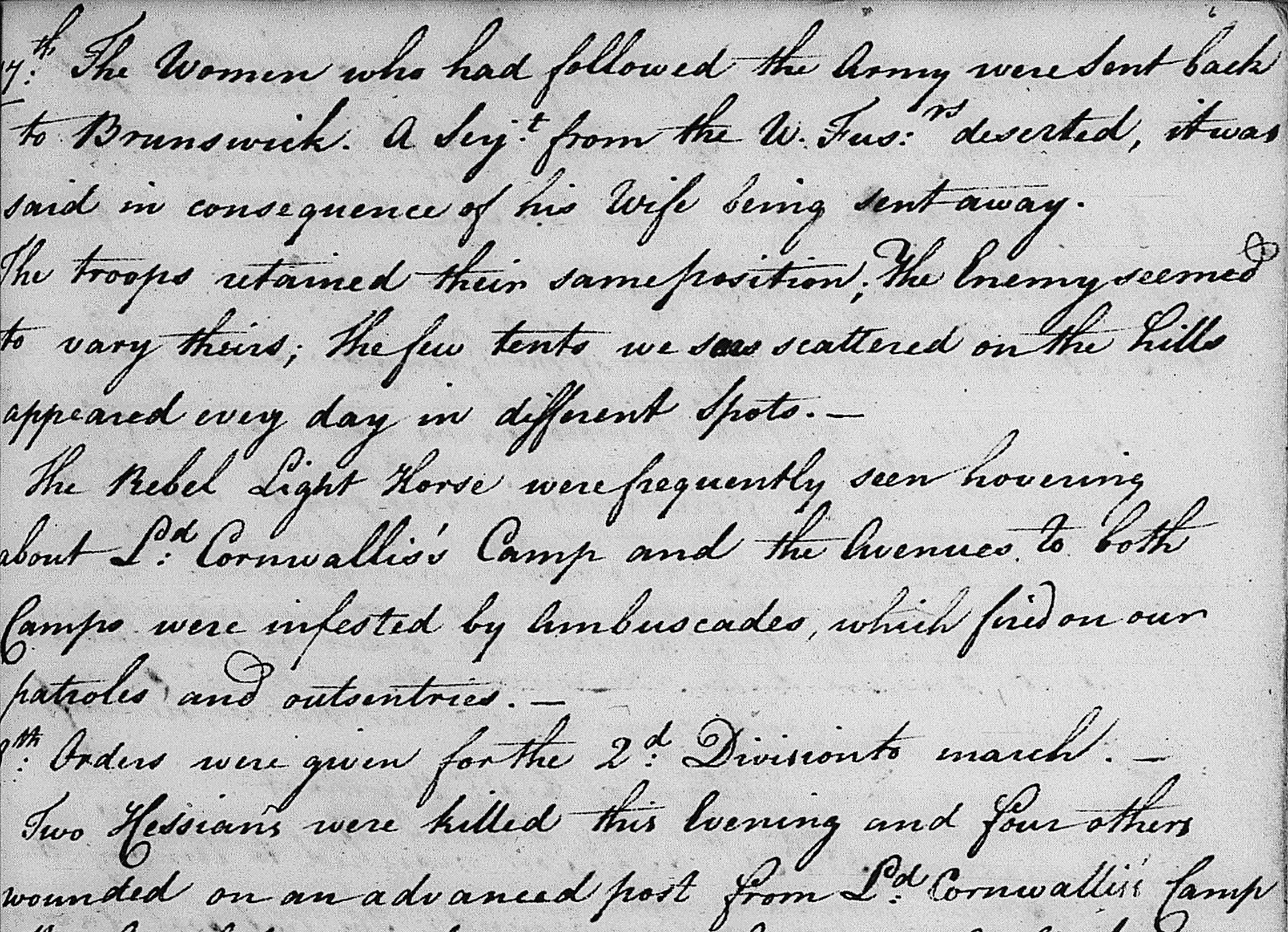
(Journal and Maps : 1777-1778 by John Andre)
“The Women who had followed the Army were sent back to Brunswick. A Serj’t from the W. Fus’rs [Fusiliers] deserted, it was said in consequence of his Wife being sent away.
The troops retained their same position; The Enemy seemed to vary theirs; The few tents we saw scattered on the hills appeared every day in different Spots.—
The Rebel Light Horse were frequently seen hovering about Lord Cornwallis’s Camp and the Avenues to both Camps were infested by Ambuscades, which fired on our patroles and outsentries. –
18th Orders were given for the 2nd Division to march.—
Two Hessians were killed this Evening and four others wounded on an advanced post from L’d Cornwallis’s Camp”
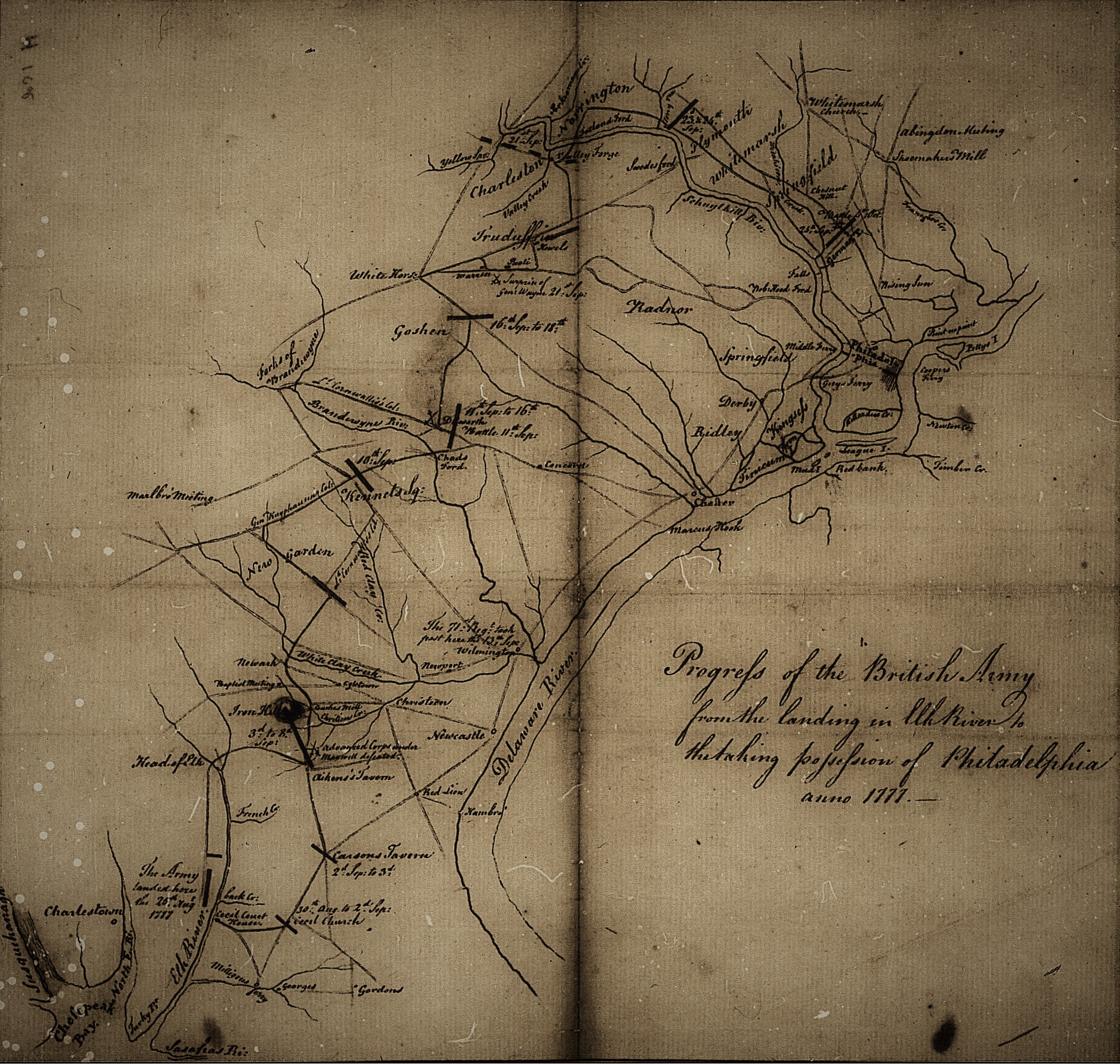
Acting as General Henry Clinton's Chief of Intelligence, André was engaged in secret negotiations with Benedict Arnold for the surrender of West Point in exchange for 20,000 pounds. Returning to New York after the liaison, André was captured by three American militia men near Tarrytown (proximate to Sleepy Hollow) on September 23rd, 1780. André had mistaken one of the men for a Hessian and therefore thought them to be loyalists. As a result, he revealed himself as a British officer. A note was sent by Lieutenant Colonel John Jameson to Arnold informing his superior of the situation, allowing him to make his escape before his treachery was fully revealed. André was tried for espionage by a board of officers, convicted, and was executed by hanging on October 2nd, 1780.
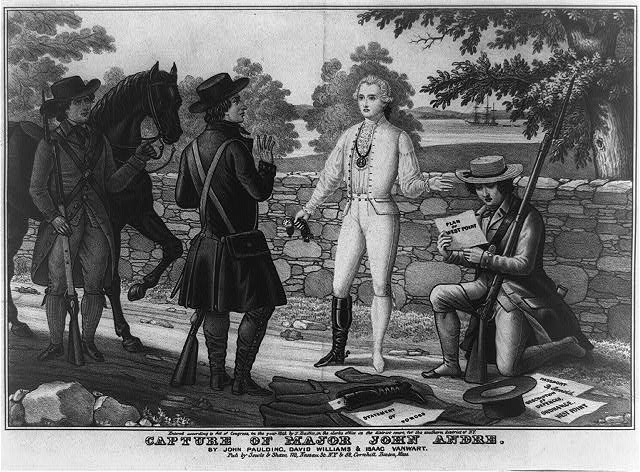
(LC-USZ62-2436, Library of Congress, Public Domain via Wikimedia Commons)
The Notebooks of John Peebles, a Scottish captain of the British Army in the 42nd or Royal Highland Regiment of Foot, describes the capture of André, his condemnation, and execution by the Americans as well as the desertion of Benedict Arnold to the British:
“Wednesday 27th [September 1780]
Cool with rain in the afternoon ----
To our great surprise & astonishment Gen’l Arnold came in today from West Point, having deserted the Rebel [forces], and Major André who went up there to negotiate this secret business is taken prisoner & will be in danger of his life.
This affair it seems has been transacting for some time past in Which Arnold was to have given up West Point, Where he Commanded, or allow’d us to take it, [at] which time he was to have join’d us with as many as he could bring, we wo’d have taken the rest prisoners & all their magazines, wh’h wo’d have been a great coup.”
Monday 2nd October [1780]
Fine weather
Gen’l Robertson, the Lt. Gov’r., & Mr. Smith gone out with a flag to the Rebels to try if they can by any arguments or persuasion save Major André’s life, who is condemn’d by the Congress a Board of Gen’l Officers to be hanged as a spy.”
Alexander Hamilton, then then Washington’s close aid, intervened in André’s case and requested death by shooting which was André’s preference, but the request was denied by Washington who wanted ensure that it was clear André was being punished as a spy. A failed attempt was made by the British to exchange Arnold for André. Andre’s body was repatriated in 1821 from his original burial place at Tappan, New York and placed in Westminster Abbey where a memorial stands in his tribute; his life is now often seen through a romantic filter.
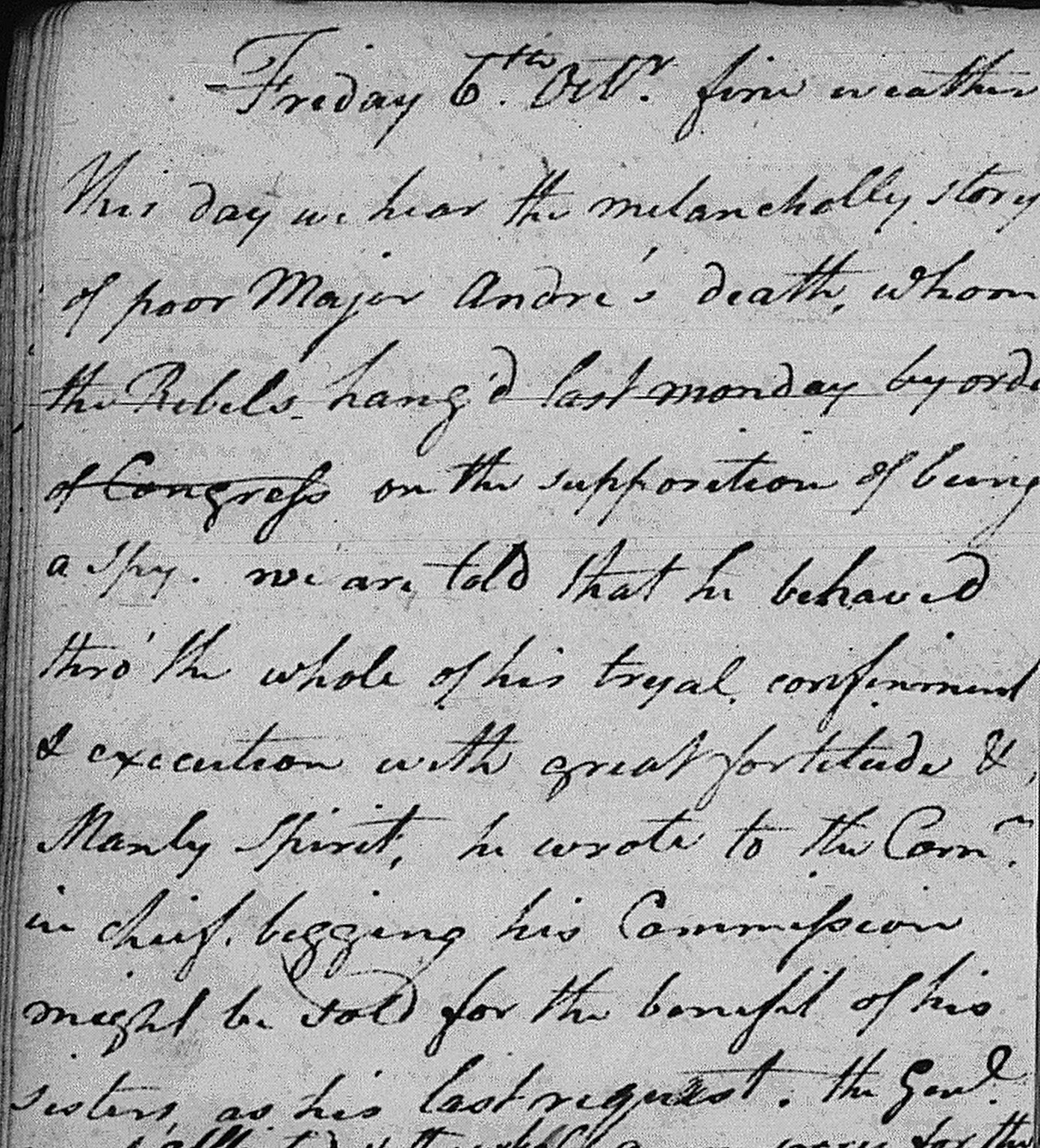
“fine weather . . .This day we hear the melancholy story of poor Major André’s death, whom the Rebels hang’d last Monday by order of Congress on the supposition of being a spy. We are told that he behaved thro’ the whole of his trial confinement & execution with great fortitude & Manly Spirit, he wrote to the Com’r. in Chief, begging his Commission might be sold for the benefit of his sisters, as his last request.”
The stories of Sleepy Hollow, Major André, Benedict Arnold, and the Hessians illustrate the murky allegiances of the American Revolution. Washington Irving’s ghostly yarns capture a bit of the turmoil and fear of the conflict which was imprinted upon the American psyche for generations.
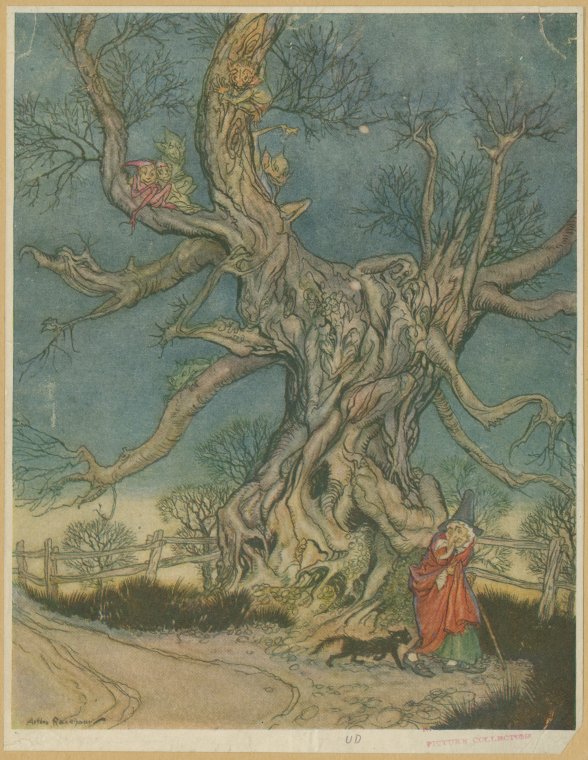
(New York Public Library Digital Collections, Public domain, via Wikimedia Commons)
Secondary Sources
Van Wyck Brooks, The World of Washington Irving, Philadelphia: The Blakiston Company, 1945.
Terry W. Thompson, “’The Unfortunate Major Andre’: Washington Irving’s Original Ichabod Crane,” Hudson River Valley Review, v. 30, no. 1, pp. 18-29.
Leah Grandy holds a PhD in History and works as a Microforms Assistant at the Harriet Irving Library.

Add new comment